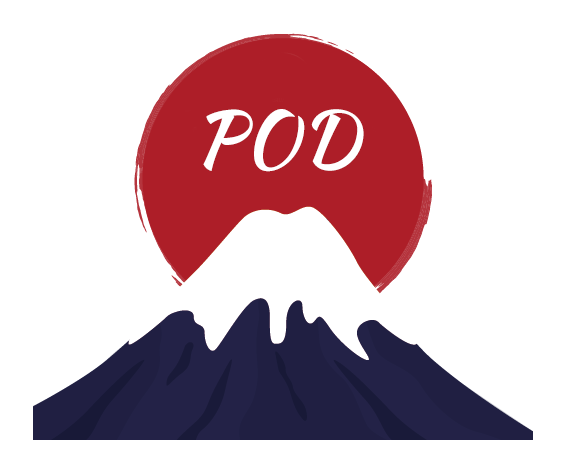Ukiyo-e is a traditional form of Japanese art that originated during the Edo period (1603-1868). This art style, which translates to "pictures of the floating world," gained popularity among the common people in Japan due to its vibrant and accessible nature. Ukiyo-e prints were created using a woodblock printing technique where an artist would carve a design into a wooden block, apply ink to the block, and then press it onto paper to create a print.
The roots of Ukiyo-e can be traced back to the 17th century, when Kyoto became the cultural and artistic hub of Japan. At that time, Kyoto was a center for geisha culture and entertainment, and Ukiyo-e prints often depicted scenes from the pleasure districts, kabuki theater, and famous landmarks. These prints allowed the common people to experience the glamour and excitement of the floating world, which was otherwise inaccessible to them.
During the 18th century, Ukiyo-e art underwent significant changes and innovations. The most notable figure of this period was Kitagawa Utamaro, who revolutionized the art form by focusing on the beauty and elegance of women. Utamaro's prints, known as bijin-ga or "beautiful women pictures," became immensely popular and set a new trend in Ukiyo-e art.
In the 19th century, Ukiyo-e prints reached their peak in terms of popularity and artistic refinement. Artists such as Katsushika Hokusai and Utagawa Hiroshige created iconic prints that are still celebrated today. Hokusai's "Thirty-Six Views of Mount Fuji" and Hiroshige's "The Fifty-Three Stations of the Tokaido" are considered masterpieces of Ukiyo-e art.
Ukiyo-e prints not only depicted the beauty of nature and landscapes but also captured the daily lives of ordinary people. These prints became a visual record of Japan's social, cultural, and historical developments during the Edo period. They often showcased the changing fashion trends, customs, and traditions of the time, providing valuable insights into the society of that era.
The decline of Ukiyo-e art began in the late 19th century with the opening of Japan to the West and the introduction of new artistic techniques and styles. The popularity of photography and the influence of Western art led to a decline in demand for traditional woodblock prints. However, Ukiyo-e art continued to inspire and influence Western artists, particularly the Impressionists, who admired the bold compositions and vibrant colors of these prints.
In recent years, there has been a revival of interest in Ukiyo-e art, both in Japan and internationally. Collectors and art enthusiasts appreciate the intricate craftsmanship and unique aesthetic of these prints. Museums and galleries around the world hold exhibitions dedicated to Ukiyo-e art, allowing visitors to experience the beauty and cultural significance of this traditional Japanese art form.
In conclusion, the history and evolution of Ukiyo-e art provide a fascinating glimpse into Japan's rich cultural heritage. From its origins during the Edo period to its decline and subsequent revival, Ukiyo-e art has left an indelible mark on the art world. Its vibrant and accessible nature continues to captivate audiences, making it a timeless and cherished art form.
Related recommendations:
Products designed with the 10 most popular ukiyo-e themes.

